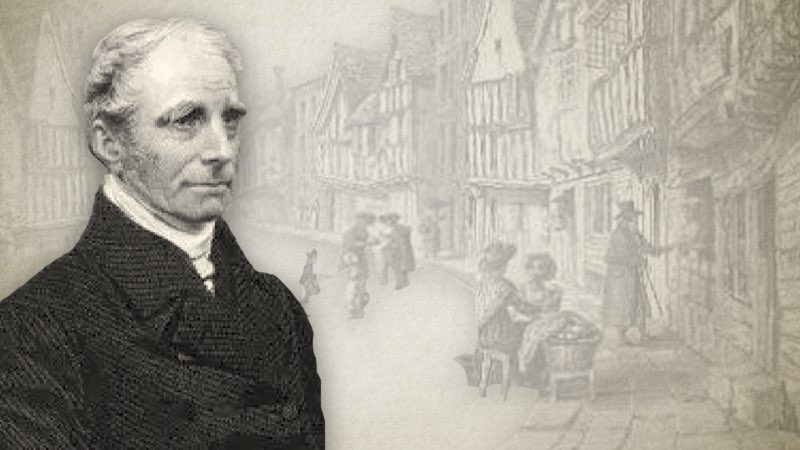-
80 Vatican Manuscript
VATICAN MANUSCRIPT One of the principal Greek manuscripts now extant. It contained originally the whole Greek Bible. The age of this manuscript is supposed to be no higher than the fifth century.
-
79 Polyglot
POLYGLOT Having many languages. For the more commodious comparison of different versions of the Scriptures, they have been sometimes joined together, and called Polyglot Bibles. Origen arranged in different columns a Hebrew copy, both in Hebrew and Greek characters, with six different Greek versions. Elias Hutter, a German, about the end of the sixteenth century, published the New Testament in twelve languages, viz. Greek, Hebrew, Syriac, Latin, Italian, Spanish, French, German, Bohemian, English, Danish, Polish; and the whole Bible in Hebrew, Chaldaic, Greek, Latin, German, and a varied version. But the most esteemed collections are those in which the originals and ancient translations are conjoined; such as the Complutensian Bible, by cardinal Ximencs, a Spaniard; the king of Spain's Bible, directed by Montamis, &c. the…
-
78 Translation
TRANSLATION In the ecclesiastical sense of the word, is the removing of a bishop from one see to another. It is also used for the version of a book or writing into a different language from that in which it was written. In translating the Scriptures, great knowledge and caution are necessary. Dr. Campbell lays down three fundamental rules for translating: 1. The translation should give a complete transcript of the ideas of the original.--2. The style and manner of the original should be preserved.--3. The translation should have all the ease of original composition. He observes that the difficulties found in translating the Scriptures arise, 1. From the singularity of Jewish customs.--2. From the poverty (as appears) of their native language.--3. From the fewness…
-
The Historic Affirmations
The Affirmations set forth in the following statements are representative views of the historic values maintained by Strict (restricted table) and Particular (restricted atonement) Baptist churches, before and up to the mid-twentieth century. Since the Second World War, most historic churches have (1) adopted the Westcott and Hort text, thereby departing from the high view of verbal inspiration; (2) adopted the teachings of Fullerism, thereby departing from the high view of Sovereign Grace; (3) adopted the philosophy of Ecumenism, thereby departing from the high view of strict communion; (4) adopted an adaptation of Presbyterianism, thereby departing from the high view of Baptist polity. It appears many Strict Baptists have failed to understand that moving with the times does not mean churches must move from the…
-
The Authorised Version: The Purity Of Its Text
-
The Additions And Subtractions Of The NIV






